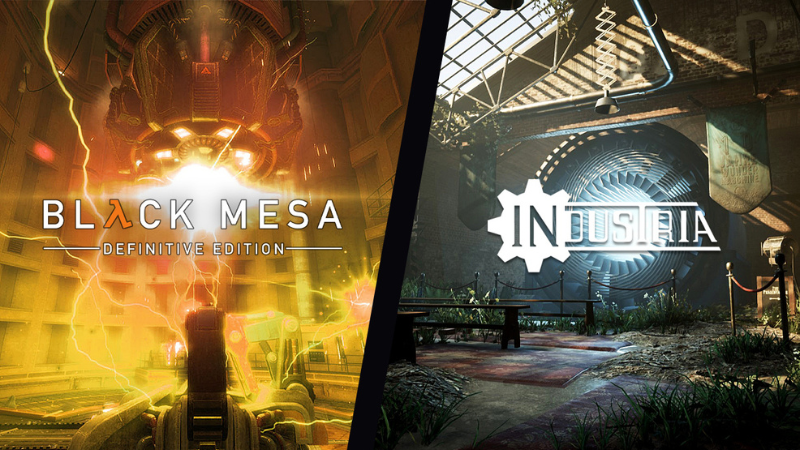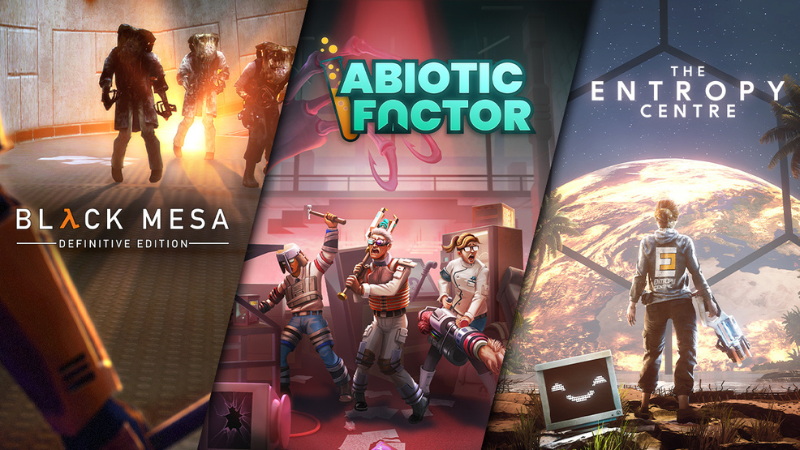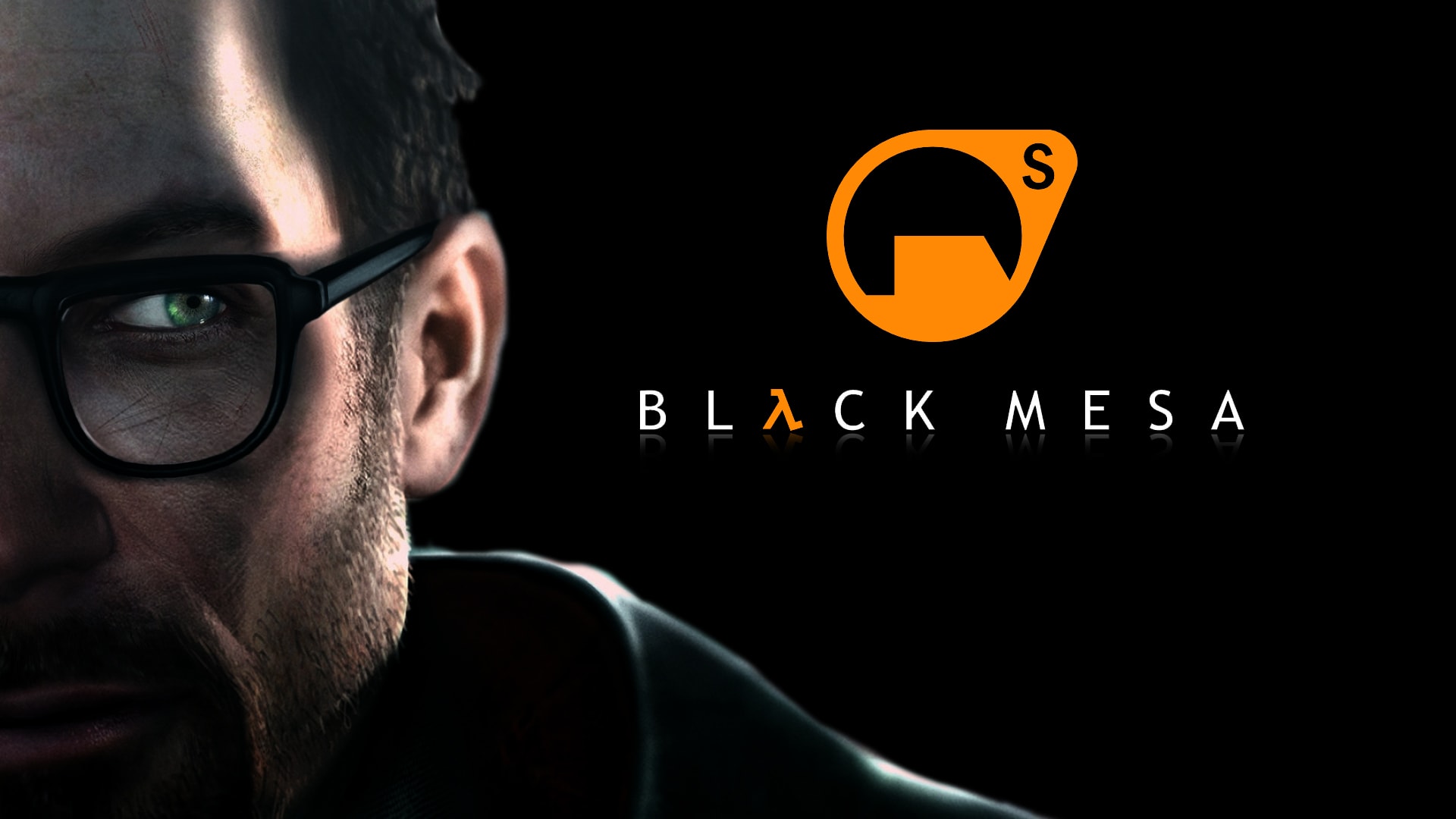Benjamin Truman, Design, and Narrative Lead.
Comic author and teacher living in Tucson, AZ.
Half-Life was such a resonant work of art for me. I really enjoy seeing my passion for the game connect with other people. It means a lot when I hear that our game recaptured or enhanced a memorable experience from a player’s past. It’s also wonderful to hear that our game has been an entry point to Valve’s franchise for so many people.
I also do a fair bit of work on our searching for fan-made Half-Life content. One of my favorite things to do is drop a couple hundred likes on an unsuspecting artist’s houndeye doodle.
Once Xen began, my writing job consisted of working against the idea that we needed dialog in Xen. When a design was struggling, it was only a matter of time before somebody would suggest audio diaries or a radio transmission from Earth to explain the objective. I wanted to preserve that sense of “alone in the unknown” once you reached Xen. That commitment meant we had to take special care when communicating our intention to the player.
I became involved while attending the Art Institute of Pittsburgh for Game Art & Design. Some of my friends asked if I wanted to join as a 3D modeler. I declined and pitched myself as their writer instead.
Despite attending the Art Institute of Pittsburgh for Game Art & Design, there were hardly any classes that dealt with design. The emphasis was on modeling/texturing/animating in 3D. I’m lucky that I got involved with the team when I did because I was quickly losing interest in school.
Black Mesa let me breakdown my favorite game and analyze the entire design. I also got to adapt the existing script, write new dialog, direct voice actors, choreograph big scenes in 3D, and design gameplay sequences. This project gave me the chance to pursue the exact education I was seeking.
I also had a lot of support for all my creative endeavors from both of my parents. I would say my real education came from my Dad, a comic author, and an illustrator. I was introduced to a lot of comics and movies from all over the world while I was growing up. I learned a lot about visual storytelling and narrative by hanging at his side.
I used Faceposer for all the choreography work.
I usually point towards about Shigeru Miyamoto’s influence while creating the original Mario (I’m especially partial to that one because it says sequential illustration is the foundation of game design).
I like to think of that article as a point-of-no-return for beginner designers. Once you understand the basic game structure in that article, you see it everywhere.
I have fond memories of some Half-Life multiplayer mods, like Action Half-Life, Firearms, Science and Industry, Counter-Strike, TFC, but the most important Half-Life mods were always the singleplayer experiences.
The biggest ones for me were the Neil Manke/Black Widow Games “U.S.S. Darkstar” and “They Hunger” series that came on PC Gamer CDs. I also liked a short mod called Deliverance. I don’t know if Gunman Chronicles counts as a mod, but that also sticks out in my mind.
My love of games began early on. I would fill up notebooks with game ideas. These were usually just little pencil or marker “screenshots” of imaginary games. I would draw up character rosters for fighting games and side-scrolling beat ‘em ups, with lists of detailed stats. When my family got a PC at home, I started making games with a program called Klik & Play that I received as a holiday gift. I eventually got into 3D level design after playing Duke Nukem 3D. I don’t think I knew the Build Engine existed until I stumbled across a How-To book for the software at a bookstore.
After that, I purchased a Quake level editor from Electronics Boutique in the mall but quickly returned it. I struggled and failed to understand the Dark Forces 2: Jedi Knight editor. I was frustrated that nobody in my life knew how to work this stuff.
But, Half-Life really compelled me to learn Worldcraft on my own. Once I figured out the basics, I was hooked. I searched all over this new frontier, the internet, to find info on the program. I would print out tutorials from Handy Vandals Almanac and read them over and over again, trying to make sense of them. This all came in handy when I had to start developing in Source on Hammer.


